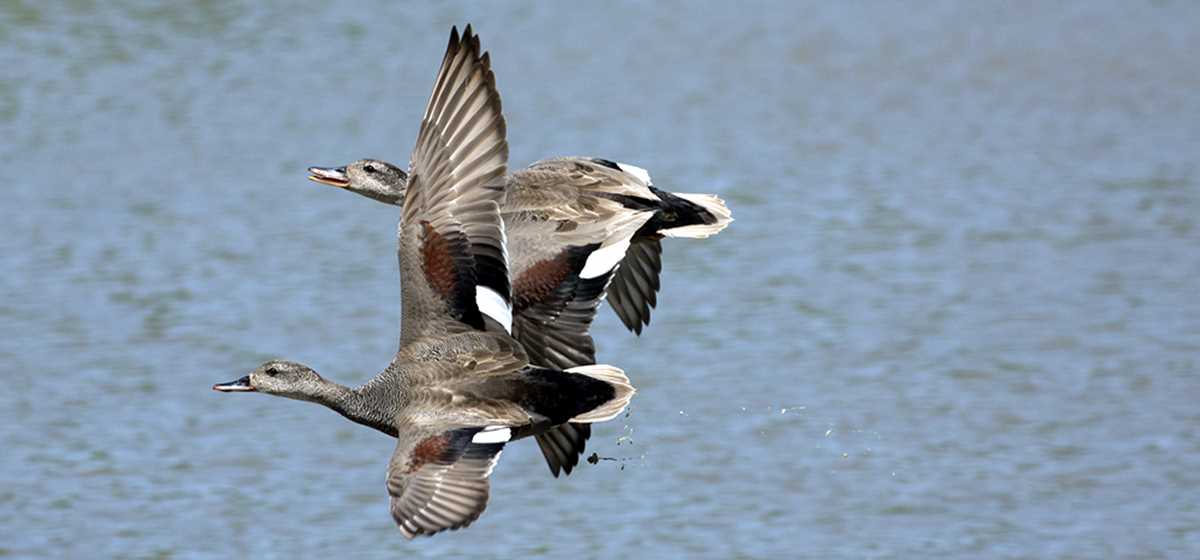Waterfowl should find excellent breeding habitat on the U.S. prairies this year

Spring is in full swing across the United States, and as people prepare for the warmth that is sure to come, ducks are doing the same. The breeding grounds are defrosting, and as if on cue, breeding pairs flock to the prairies in search of somewhere to raise the next generation of North America's waterfowl population. Waterfowl are investing their future in the protections offered by prairie wetlands this time of year, and they should find exactly the water conditions they're looking for when they arrive in the U.S. Prairie Pothole Region (PPR).
Every April, the first wave of breeding pintails and mallards arrive on the U.S. and Canadian prairies. They are followed in the later weeks of April by northern shovelers and green-winged teal, then redheads, canvasbacks, ring-necked ducks and lesser scaup. By the end of the month, even gadwall and blue-winged teal are dipping into the native grasses and searching for suitable breeding habitat.
"Birds arriving on breeding areas in the Dakotas will once again find excellent wetland conditions, which should fuel a strong breeding effort in 2010," said Scott Stephens, director of conservation planning and programs at DU's Great Plains Regional Office in Bismarck, N.D. "Although we continue to face challenges with loss of native grassland, expiring [Conservation Reserve Program] acres and negative impacts on wetlands, the current environmental conditions are favorable for another year of great production from the U.S. prairies."
What happens on the journey to the breeding grounds and what ducks find when they arrive play an important role in nesting and breeding success.
Wetlands on the breeding grounds are vital to the distribution and annual effort of waterfowl production. Other factors are crucial as well, including habitat quality and food availability in migration and wintering areas across the country. Waterfowl need energy-rich foods along migration corridors to make the long journey to the breeding grounds. Likewise, without a diet rich in invertebrates during late winter and early spring, hens may not acquire enough protein to complete their molt or produce eggs.
While the breeding grounds are crucial to waterfowl populations, it's important to remember that quality habitat at every stop along the birds' transcontinental journey has a major impact and ultimately affects the birds' reproductive potential.
"This is why DU focuses on spring migration habitat as well," said Dale Humburg, DU's chief biologist. "It is important for waterfowl to show up on the breeding grounds fat and happy. The key component in all of this is habitat available during migration. More habitat means more healthy ducks."
The breeding grounds are top priority for DU. In the PPR, staggering losses of more than 195,000 acres of native grasses since 1984 make campaigns like Grasslands for Tomorrow and Rescue the Duck Factory essential to curb those losses.
Stephens stressed that while habitat is looking good right now, there's a lot left to be done in the prairies to keep waterfowl populations strong.
"Keeping the habitat base we have today across the entire PPR is the key to the health of duck populations in the long term," said Stephens.
In the duck habitat management business, DU invests broadly across the entire continent and takes a long-term approach to seek a steady return on investment for duck populations.
"It's a bit like having a diversified portfolio in a 401k plan," said Humburg. "We want to see those numbers grow, and to do that we have to understand the big picture, which is more habitat."